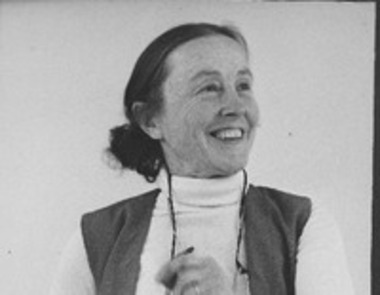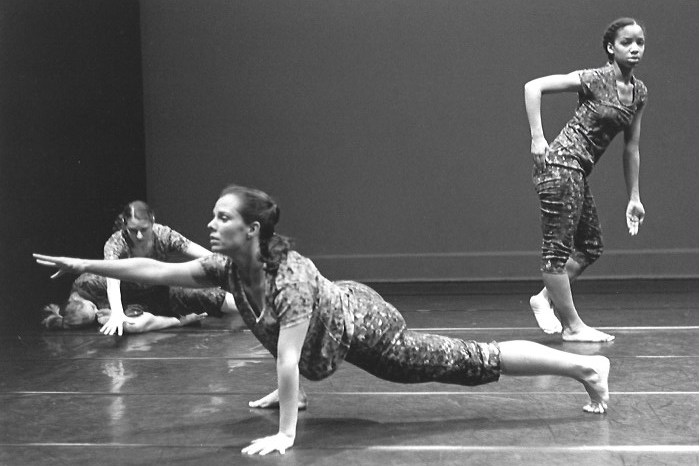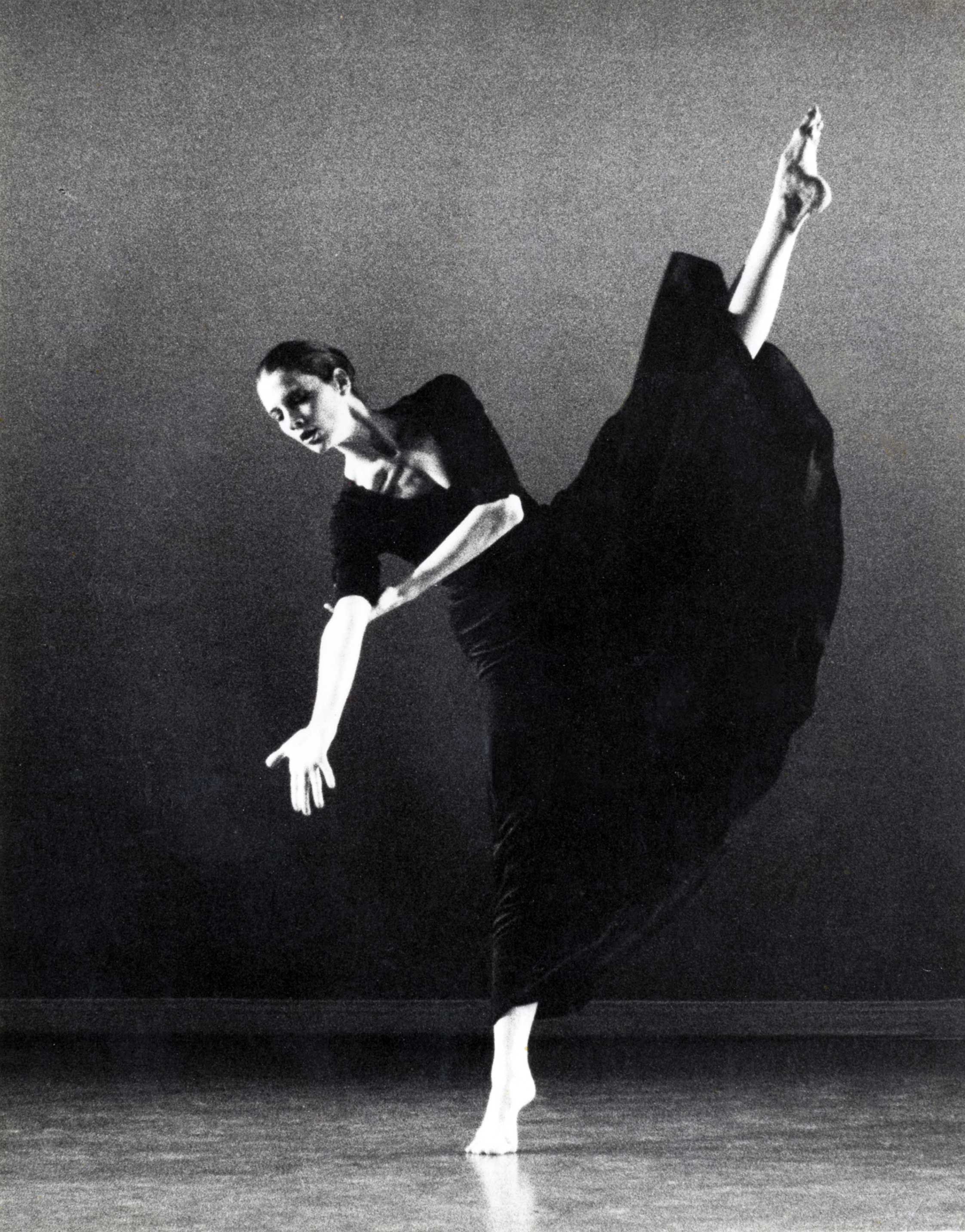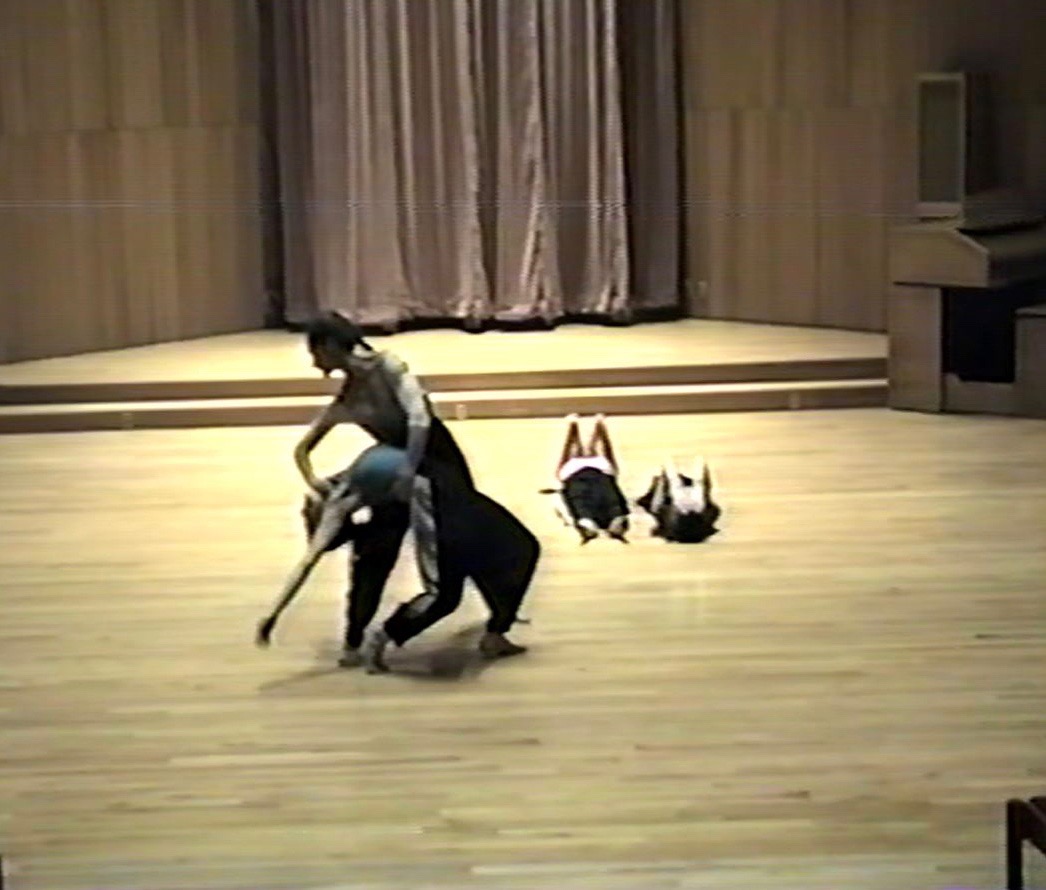Preface: Why am I continuing to paint and write this blog at a time when the world is in crisis? An honest answer is because it allows some structure to this time when Murray and I aren’t leaving our home. For part of each day there is an element of peacefulness and joy in my life as I reflect back or create anew. Doing something creative engages me and I invite you along on the journey. I also welcome guest blogs… won’t you share how you are structuring your time to find some peacefulness and joy!
Even though it is nearly 60 years since I ventured to Steamboat Springs and attended Perry-Mansfield, the memories are crystal clear in my mind. The blend of the arts, the Colorado landscape, the rustic setting with horses – all evoke smells, sounds and visual images swirling me back in time. I was lucky to attend at a time when Charlotte Perry and Portia Mansfield were still very active as the founding directors. According to Wikipedia, “Perry-Mansfield Performing Arts School and Camp was founded by Charlotte and Portia in 1913 and is the oldest continuously operating dance and theater school in America.”
Perry-Mansfield’s website describes:
…two ladies came to the frontier mountain town of Steamboat Springs, Colorado with a mule named “Tango.” Although the town was populated with people primarily engaged in mining and ranching, it was Charlotte Perry and Portia Mansfield’s vision to explore and teach “natural dance forms” and “artistic expression close to creatures and mountains and out-of-doors.”
Quickly regarded by the locals as the “mad ladies of Steamboat,” Charlotte and Portia founded Perry-Mansfield Performing Arts School and Camp in this spectacular mountain setting – a 76-acre campus 7,000 feet above sea level and 150 miles northwest of Denver.
From their humble beginnings in a few rustic cabins and some lean years when the “scenery was the salary,” Charlotte and Portia nurtured Perry-Mansfield into one of the premier performing arts schools and camps for children and youth of all ages.
JoAnn Fried and I arrived at the Steamboat train station which is now the Arts Depot. I don’t have any pictures of our arrival but I do have one of our departure.

The first few days were a whirlwind of activity settling into a rustic cabin (no bathroom) up a fairly steep hill. Down the hill was the bath house with toilets, sinks and showers. I quickly got to know three roommates, one from Denver, another from Wyoming, and I don’t remember where the third was from. I also think our counselor may have slept in our bunk, but I am not sure. I do remember her name was Jo and she was from Minnesota. Auditions and class placement were also an important part of the first few days. I excitedly and boldly auditioned for both Helen Tamiris’s piece that she would be setting on a selected group, along with Midsummer Night’s Dream, the theater production to be staged in the first few weeks of camp.
In an earlier blog I mentioned that I hadn’t prepared anything for an audition and quickly put together favorite phrases from Jeanne Beaman’s class, ending with a fun fall of sliding onto an outstretched arm and then rolling to get up. When I completed my phrase of probably two minutes, Tamiris asked me to please repeat the fall. A day later a list was posted outside the office door listing the selected campers. I remember being thrilled to see my name there. Only two of us under college age were selected, myself and Martha Clarke, a year younger than me.
At that time Perry-Mansfield went from young campers (in a section called The Ranch) all the way to College-age students, each age having its own section at the camp. All ages attended at the same time.
I also auditioned for Midsummer Night’s Dream. I don’t remember the initial audition but I do remember the callback. Three of us were called back to read for Titania. I was stunned. I had never taken an acting class and never thought of myself as anything other than a dancer. I had gone to the initial audition because I wanted to apply myself to as many different opportunities as possible. I didn’t get the part and did get cast in a small role in the production, which I declined, feeling that the rehearsals for Tamaris’s ballet were enough for me. It was exciting to have made the callback and to have had the experience of auditioning for the part of Titania.
Since I was cast in the ballet I was also permitted to take Tamiris’s advanced technique class and Tamiris’s composition class. The composition class was a real eye opener. I don’t have much memory of the technique class other than doing relevés into falls and catching ourselves, in each direction. The composition class left me with two main approaches that in ways are still part of my life. First, that one can start with an ordinary gesture and from that build a whole dance, and second, that one must totally commit to what one is doing!!
The piece Tamiris developed that summer was Dance for Walt Whitman. It was in three sections, each featuring a poem that was read. The middle section was my favorite, inspired by the poem “Out of the Cradle Endlessly Rocking.” All the women linked arms and moved as one body. My mom surprised me and came out for the performance. As I was packing for the move to Costa Rica I found a letter that she had written my dad. Reading it was very moving to me and I share just a few sentences from it.
JoAnne was an important part of the group. Tamiris added a fall for her… she slid half way down a 3 ft ramp and got up gracefully 10 beats later. The ballet lasted 20 minutes and the effect was magnificent.
I’m getting more convinced that she really has something to express in dance.


Working with Tamiris was a turning point for me in dance. The confirmation of being selected and then the experience of the actual classes, rehearsals and performance cemented my determination to have a career in dance. But the experience at Perry-Mansfield had another major influence on my life. It introduced me to the western Rocky Mountains and confirmed my love of being in nature. During the summer I would hike up from the cabin to the top of the hill, and in a level area do a short dance of thanksgiving for being in such an amazing environment.

After the Tamiris ballet experience I had several more weeks of camp and wasn’t particularly impressed with Harriet Anne Gray, who took over for Tamiris. Instead there were two other experiences that stand out in my mind.
On her day off, Ray Faulkner, the head counselor of our Hill unit, invited me to join her on a hike up Fish Creek Falls to a lake at the top. It was breathtaking and awesome and the wildflowers were amazing. Hiking, wildflowers and being in nature have been important parts of life since then.
Perry-Mansfield also offered special western trips. I had signed up for a three-day trip to the Grand Canyon. It actually wasn’t to the Grand Canyon but rather to Dead Horse Point which is in Utah where the Colorado River cuts through it much like it does at the Grand Canyon. That was another awesome nature experience. We camped out and that night was during the August meteor shower and I remember an amazing night counting shooting stars.

As the 6-week experience ended and we boarded the train to head for home, I found myself filled with a new energy and a clear direction for my life.
[print_link]

























